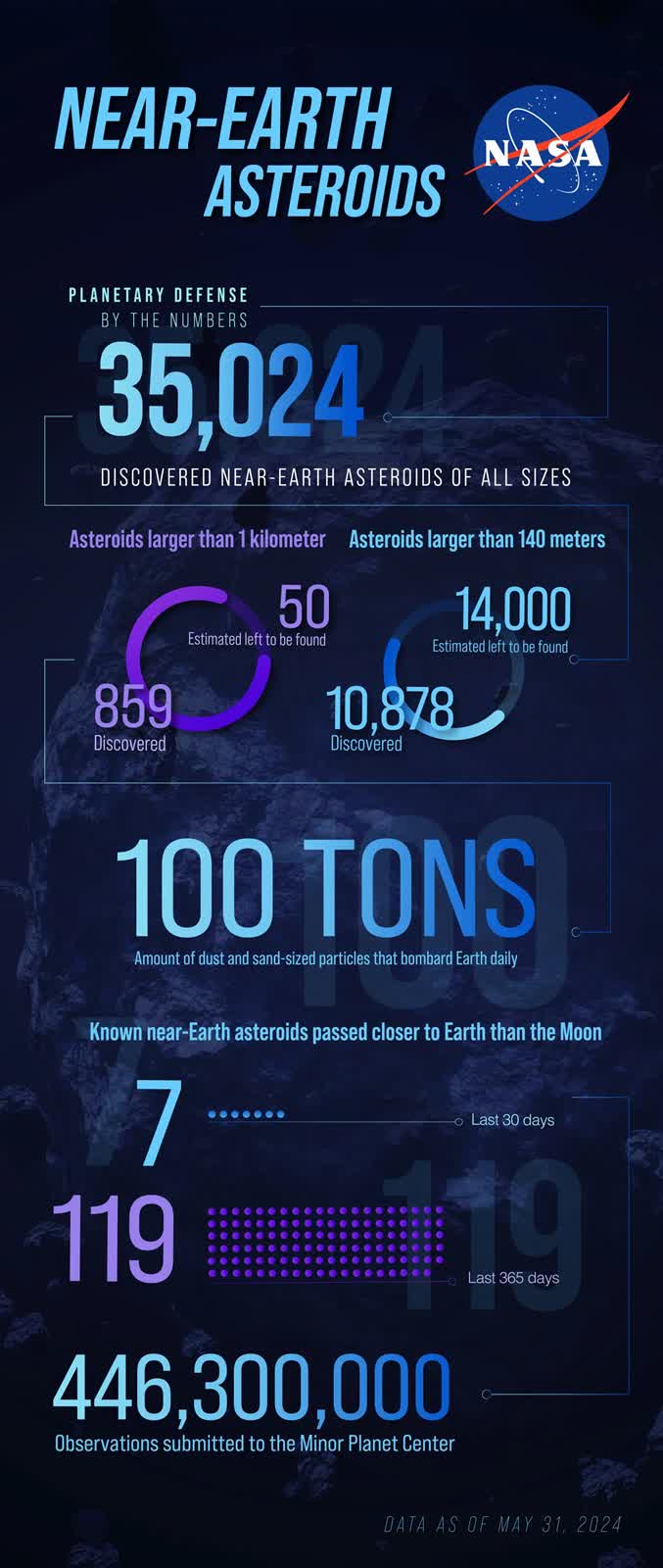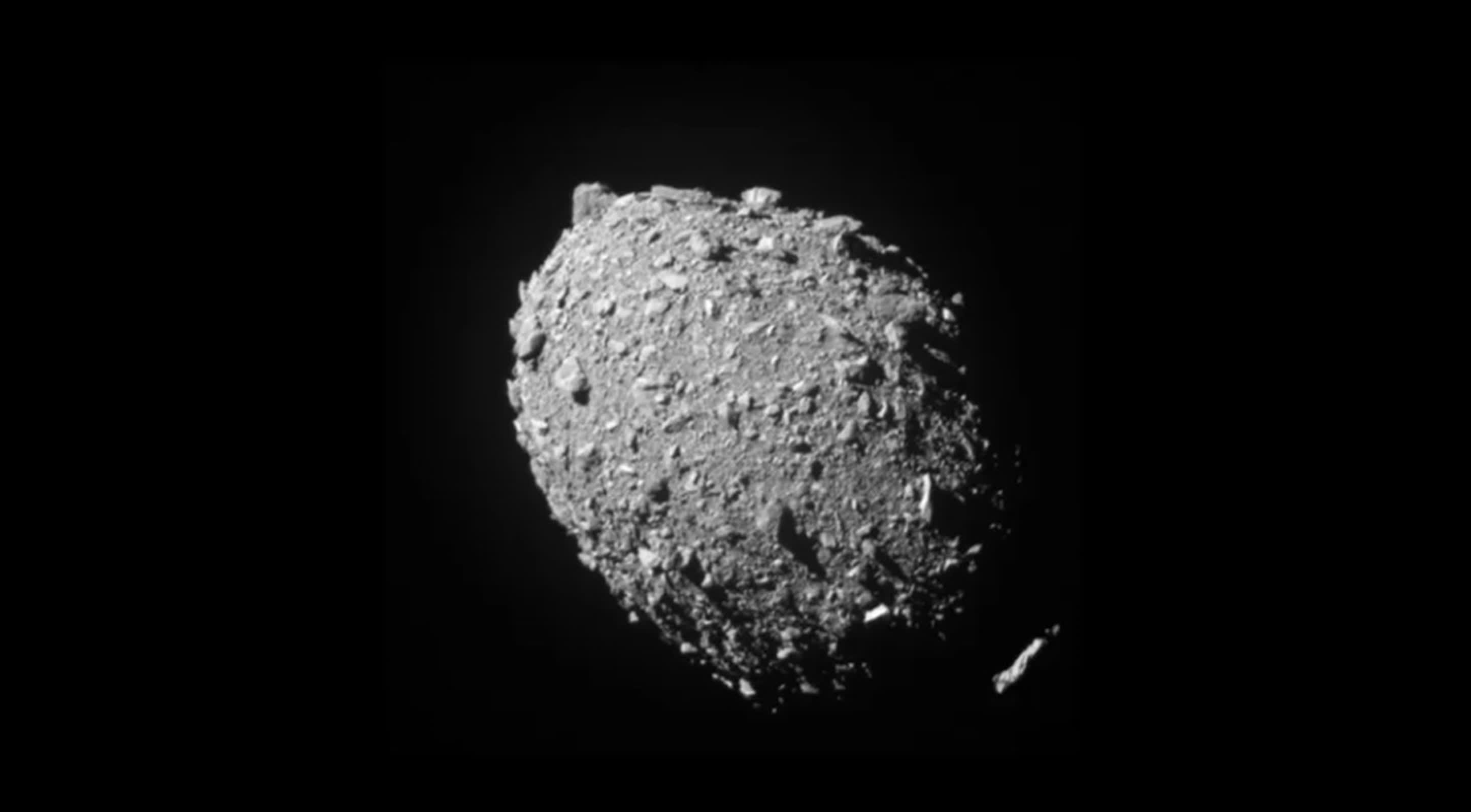TL;DR: While asteroids fly by us, probably more than you think, it is rare for five near-Earth asteroids to zip by our planet over a few days. Fortunately, none present a danger to our planet. However, the day may well come when one does. Will NASA be able to step up and protect Earth from a disastrous collision?
Today is a busy day for skywatchers. Two airplane-sized asteroids will hurtle past Earth at about 1,550,000 and 3,830,000 miles away. On Thursday, another nearly the size of a house will fly by a mere 447,000 miles away. Finally, on June 21, two more will pass at a more comfortable margin of 1,450,000 miles and the other at 3,380,000 miles. While 400,000-3,000,000 miles seems like a lot of distance, these are all uncomfortably close, according to NASA's Jet Propulsion Laboratory.
Most asteroids go by Earth at a safe distance, orbiting between Mars and Jupiter. However, some will circulate into the inner solar system, becoming near-Earth asteroids. These space rocks have a trajectory that could bring them within 1.3 astronomical units of the Sun and within 0.3 astronomical units of Earth's orbit, which equates to roughly 28 million miles.
Close calls are relatively common. Astrogeologists estimate that at least 60 asteroids over 5 km wide have struck the Earth in its 600-million-year history based on crater formation rates on the moon. Asteroids entering the atmosphere ending in airbursts are even more common. You might remember the 2013 Chelyabinsk Event, when a 20-meter rock entered the atmosphere and exploded over Chelyabinsk, Russia.

Some think it's only a matter of time before a larger asteroid impacts. If (or when) this happens, it could cause widespread destruction, especially if it hits a major city. NASA's Planetary Defense Coordination Office, responsible for monitoring potentially hazardous asteroids, has discovered 35,024 near-Earth asteroids.
If those numbers scare you, take comfort in NASA's DART (Double Asteroid Redirection Test), which deliberately smashed into a 560-foot-wide asteroid on Sept. 26, 2022. It was the agency's first attempt to move an asteroid in space. The test targeted the asteroid moonlet Dimorphos, which orbits a larger, 2,560-foot asteroid called Didymos. Neither asteroid poses a threat to Earth.
The mission confirmed NASA can successfully navigate a spacecraft to collide with an asteroid and deflect it, a technique known as kinetic impact. DART could identify and distinguish between the two asteroids, targeting the smaller body. The 1,260-pound box-shaped spacecraft crashed into Dimorphos at roughly 14,000 miles per hour to slightly slow the asteroid's orbital speed.
"This demonstrates we are no longer powerless to prevent this type of natural disaster," said NASA's Planetary Defense Officer Lindley Johnson. "A DART successor could provide what we need to save the day."
